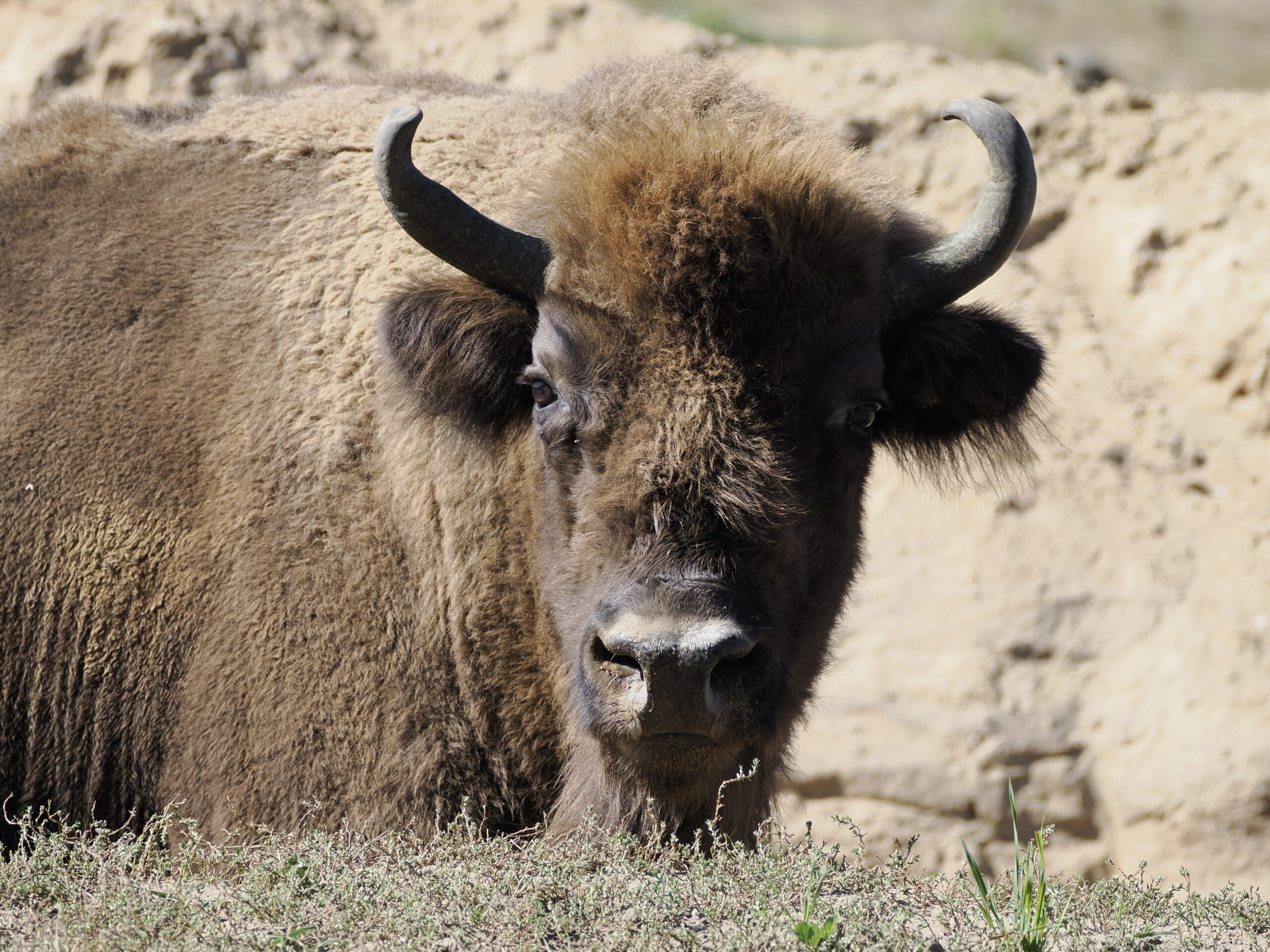As part of the ReCo project’s Joint Pilot Action (JPA) 2.1 “Species – European Bison,” the Green Federation “GAJA” has been actively implementing innovative conservation strategies in the Ińsko Lakeland region of north-western Poland. The initiative focuses on the long-term preservation of the European bison Bison bonasus, Europe’s largest land mammal and a keystone species for regional biodiversity.
Advanced GPS Monitoring for Habitat and Movement Analysis
A key element of the pilot action has been the deployment of ten state-of-the-art GPS telemetry collars on bison inhabiting the Ińsko Lakeland area. These collars collect precise location data around the clock, enabling researchers to analyze spatial behavior, habitat preferences, and home range dynamics of individual herds.
With over 11.000 new GPS location points collected, and thanks to additional datasets provided by the West Pomeranian Nature Society (from 2019–2022), a combined total of nearly 1.1 million data entries are now under analysis. These are being used to assess how bison utilize different types of habitats, how their activity changes between day and night, and how individual and group ranges evolve seasonally.
Mitigating Risks and Improving Connectivity
One of the most pressing challenges addressed in the pilot is the risk of collisions between bison and transportation infrastructure. By mapping movement paths and overlaying them with road and rail networks, researchers aim to pinpoint critical hotspots where mitigation measures, such as wildlife crossings, may be required to prevent accidents.
Moreover, the project investigates physical and human-induced barriers to migration, with the goal of improving ecological connectivity between herds. Fragmented populations are at increased risk of inbreeding and reduced genetic resilience, making corridor enhancement a conservation priority.
Long-Term Vision and Community Engagement
The collected telemetry data not only supports strategic planning for population management – such as initiating herd splits or responding to overpopulation – but also feeds into an early warning system operated by the regional bison emergency service. This allows for timely interventions when animals approach agricultural land or public roads, reducing human-wildlife conflicts.
Stakeholder engagement has been central to the success of the action. Local communities, forest districts, military training grounds, tour operators, and environmental agencies have participated in workshops and consultations to ensure inclusive and effective conservation planning.
Looking Ahead
While the JPA officially concluded in February 2025, data collection and analysis will continue under the stewardship of the Green Federation “GAJA” and the West Pomeranian Nature Society for as long as the collars remain operational. The results will inform both national and EU-level strategies for large mammal conservation and serve as a model for other regions facing similar challenges.
This initiative demonstrates how technology, ecological expertise, and community collaboration can come together to protect one of Europe’s most iconic species, and ensure it thrives in harmony with people and infrastructure.
